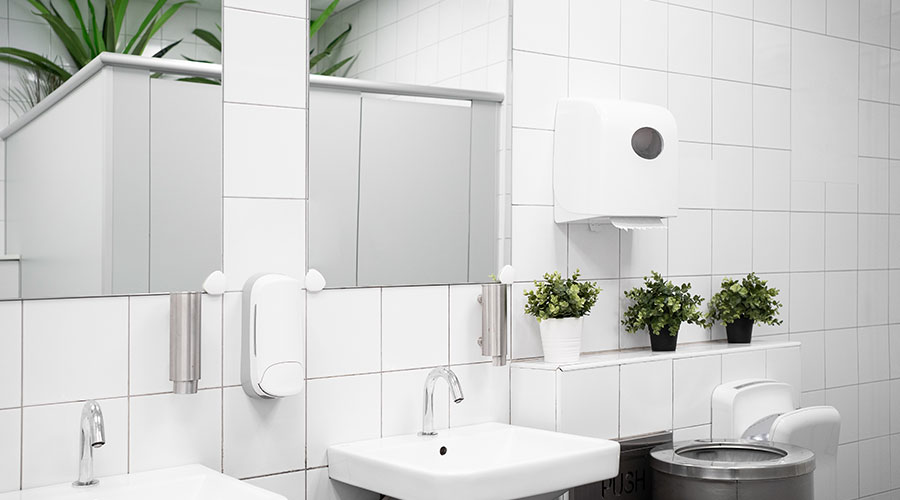How Daylighting Works
The current state of the economy is pushing companies to maximize budgets. At the same time, climate change and environmental stewardship have made sustainability a high priority for many organizations. With those factors in mind, more and more organizations are looking to implement tactics — such as recycling programs, transportation initiatives and building upgrades — that will allow them to save money and show a commitment to the environment.
Daylighting is one environmentally responsible strategy garnering corporate interest. Many facility executives, however, only have limited knowledge of its advantages and how to best implement a comprehensive program. Doing so starts with an understanding of what, exactly, daylighting is.
At the most basic level, daylighting is simply the practice of using natural light to illuminate interior building spaces. Instead of relying on electric lighting during the day, this method brings indirect natural light into a building. Daylighting reduces the need for electric lighting and may create a more calm and productive environment because it connects people to the outdoors.
While most facility executives understand daylighting involves natural light, not all understand that a well-thought-out daylighting plan requires more than just windows and skylights on a building.
Passive Controls
To harness and direct natural light, passive controls are necessary. Passive control devices include light shelves, light reflectors, sunshades and sunscreens to direct and reflect daylight into a building.
Light shelves are white or reflective metal pieces installed directly against the side of a building facing the equator. Light shelves extend the penetration of sunlight into a building and function to increase the effective area as well as diffuse incoming light. These horizontal planes bounce light upwards to illuminate the ceiling of a space. Light bouncing from the ceiling not only lights the work surface, it also makes a space appear brighter overall. An amplification of the long-standing practice of white ceiling surfaces, the daylighting provided by light shelves enhances the quality of light in a space. Light shelves can be incorporated in to a window framing system or decorative elements supported by the building structure.
Light reflectors share a similar purpose. However, they are placed on the exterior of a building to direct and reflect the sun’s rays to a more useful orientation. Light reflectors are frequently used to aim sunlight in the proper direction. They can be as simple as reflective glazing on a nearby wall, or as complex as motorized sun tracking arrays. Often, the best application of this approach is where site or building constraints do not allow glazing to face the optimal solar orientation. Reflectors are most effective when used in conjunction with techniques for diffusing direct sunlight. The use of sunscreens and sunshades on horizontal and overhead glazing allows for maximum daylight while controlling heat and glare.
Along with devices for directing and reflecting daylight, a building should have active electronic control systems designed to manage and direct the level and timing of artificial light. These systems are directly linked to electric lighting systems and use sensors and actuators to detect the amount of daylight available at any given time. The systems adjust the artificial light based on the amount of natural light available.
The specific types of lighting controls best suited for a building depend on lighting usage patterns, as well as the type of space and a building’s layout. The use of dimmers and time scheduling are both popular options for daylighting offices as some workers prefer lower levels of light. Time scheduling, often used in larger open office areas, allows lighting to be controlled through automatic switching at fixed hours of the day.
Related Topics:














